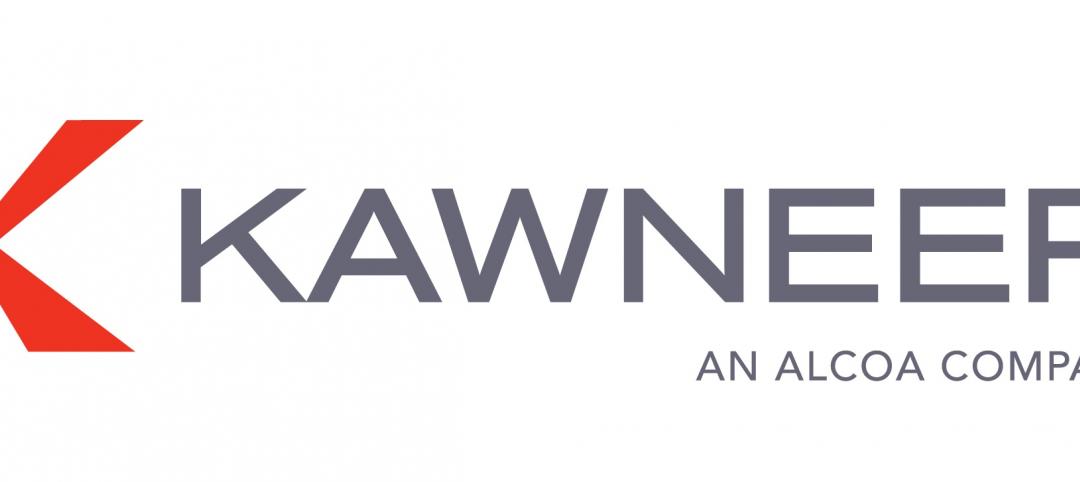Matthew Wagner, PE, has joined Ghafari Associates as its Manager of Structural Engineering in Chicago. With over a decade of structural facility design experience, Wagner brings an impressive portfolio of large-scale stadia, healthcare, hospitality, civic and aviation projects to the firm.
Wagner comes to Ghafari from Walter P Moore, where he served as a principal, chaired the construction administration task force and led the design of numerous projects ranging in size from $10 million to $70 million. Most recently, he assisted with the expansion of the LSU Tiger Stadium’s South End Zone, which will open for the 2014 college football season.
Wagner also assisted in the design of the main grandstand for the new Circuit of The Americas entertainment complex in Austin, Texas. The $400 million, 3.4-mile racetrack recently hosted the inaugural Formula 1 United States Grand Prix race on November 18. Other major projects include the $1.9 billion Palazzo resort hotel and casino in Las Vegas, the 760,000 square foot San Antonio Military Medical Center and Dallas / Fort Worth International Airport’s Terminal D.
Wagner, an Ohio native, earned a bachelor’s degree in civil engineering from the University of Cincinnati and a master’s degree in civil engineering from the Georgia Institute of Technology. He is a licensed professional engineer and affiliate member of the American Institute of Architects. +
Related Stories
| Feb 7, 2012
Kawneer and Traco combine portfolios
Portfolio includes curtain wall systems, windows, entrances and framing systems.
| Feb 7, 2012
Lubbers promoted to creative director at Wight & Co.
Lubbers has been instrumental in many recent high profile Wight projects, including the College of DuPage Student Resource Center, Seaton Computing Center, The Adler Planetarium Sky Theater transformation and UNO Charter Schools.
| Feb 7, 2012
Shepley Bulfinch opens San Francisco office
This expansion establishes a physical presence that builds on a portfolio of work for institutional clients on the West Coast, dating to the development of the original Stanford University campus in 1891
| Feb 7, 2012
Thornton Tomasetti opens new office in Denver
The firm, which now has 25 offices internationally, opened the new office to better serve current and potential clients in the western Central region and Mountain States.
| Feb 6, 2012
Slight increase in nonres construction spending expected in 2012, growth projected for 2013
Commercial sector expected to lead real estate recovery.
| Feb 6, 2012
FMI releases 2012 Construction Productivity Report
Downsizing has resulted in retaining the most experienced and best-trained personnel who are the most capable of working more efficiently and harder.
| Feb 6, 2012
Kirchhoff-Consigli begins Phase 2 renovations at FDR Presidential Library and Museum
EYP Architecture & Engineering is architect for the $35 million National Archives Administration project.
| Feb 6, 2012
Batson-Cook announces the appointment of Hall as president
Hall will manage and direct all aspects of the firm’s day-to-day operations. He will be based in Batson-Cook’s Atlanta office.
| Feb 6, 2012
Siemens gifts Worcester Polytechnic Institute $100,000 for fire protection lab renovation
Siemens support is earmarked for the school’s Fire Protection Engineering Lab, a facility that has been forwarding engineering and other advanced degrees, graduating fire protection engineers since 1979.
















